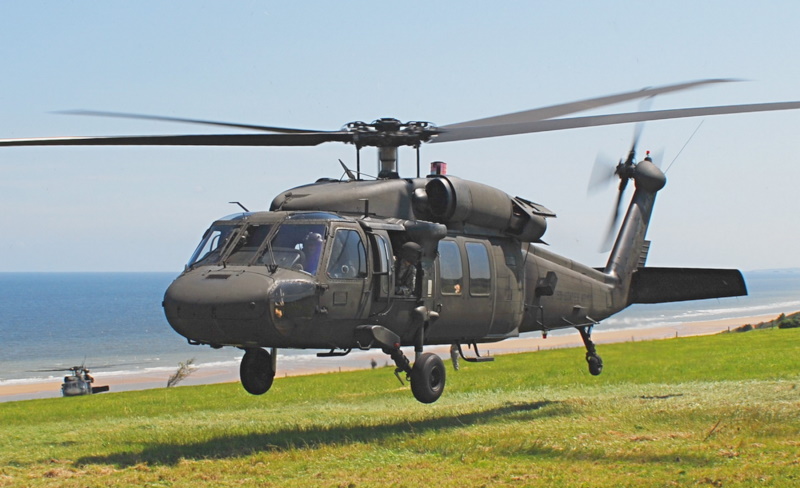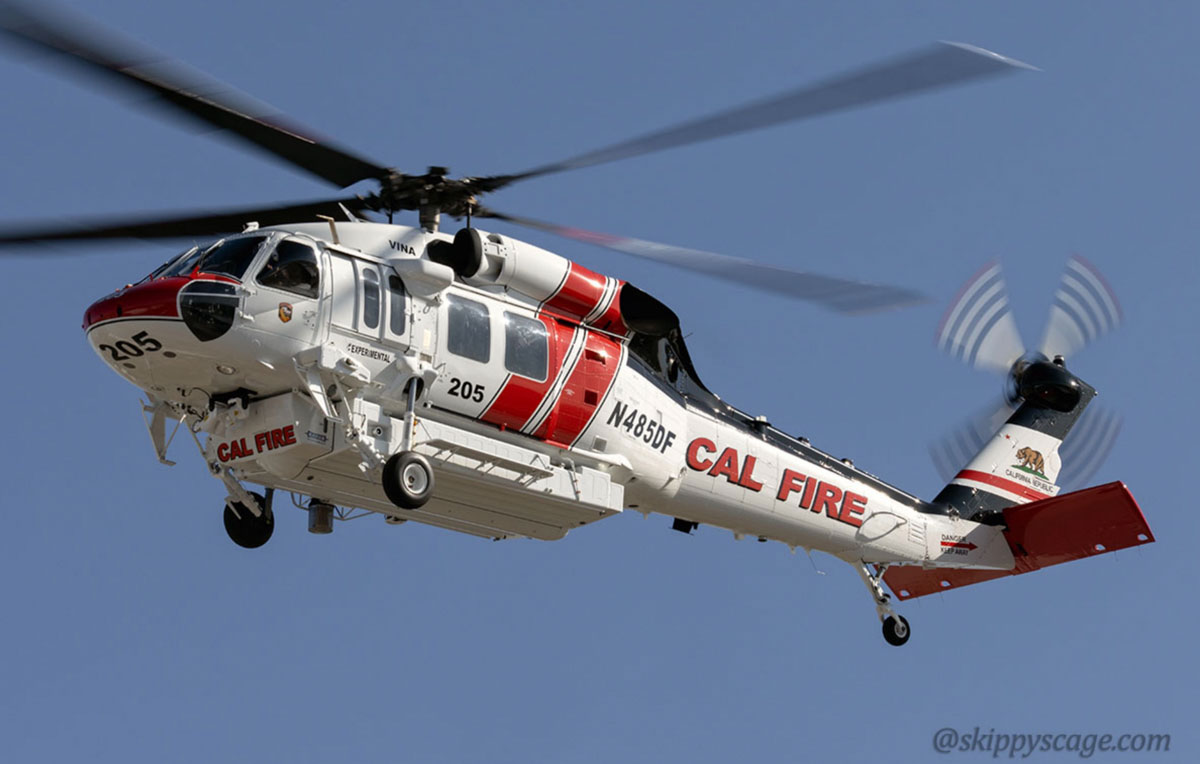Sikorsky S 70: Changing Tactical Workflow with Cutting-Edge Innovation
Sikorsky S 70: Changing Tactical Workflow with Cutting-Edge Innovation
Blog Article
High-Performance Multi-Role Rotorcraft Featuring Advanced Cabin Technologies and Integrated Sensing Unit Equipments
The world of rotorcraft technology has seen significant innovations in current times, especially in the world of high-performance multi-role rotorcraft outfitted with sophisticated cabin innovations and seamlessly incorporated sensor systems. These technologies have not just increased the functional capabilities of rotorcraft however have also considerably impacted contemporary air travel operations on numerous fronts. From improved objective flexibility to boosted functional effectiveness, the convergence of advanced cabin technologies and integrated sensor systems has actually introduced a new era of opportunities for rotorcraft applications. In the adhering to conversation, we will certainly explore the evolution of rotorcraft modern technology, dive right into the realm of innovative cockpit developments, and analyze the effects of integrated sensing unit systems on the functional adaptability and effectiveness of modern rotorcraft.
Development of Rotorcraft Technology
The development of rotorcraft modern technology has been noted by significant developments in the rules of aerodynamics, materials, and propulsion systems, forming the capabilities and performance of contemporary rotorcraft. Wind resistant improvements have actually enhanced the efficiency and maneuverability of rotorcraft, permitting raised speed, agility, and security during flight (sikorsky s 70). Developments in products, such as the use of composite products and progressed alloys, have brought about lighter yet stronger rotorcraft structures, improving overall performance and resilience. In addition, advancements in propulsion systems, including much more effective engines and innovative propulsion technologies, have enabled rotorcraft to attain higher altitudes, faster rates, and greater payloads.
These developments have not just changed the capacities of rotorcraft however have also increased their applications throughout different sectors, including military, industrial, and emergency solutions. The continual advancement of rotorcraft technology remains to drive technology in the field, pressing the borders of what is feasible and shaping the future of upright trip.
Advanced Cabin Innovations
Building upon the fundamental improvements in aerodynamics, products, and propulsion systems, the realm of rotorcraft technology now shifts emphasis towards introducing Advanced Cockpit Innovations. The combination of cutting-edge modern technologies within the cockpit setting plays a crucial function in boosting the operational abilities, safety, and performance of modern rotorcraft. sikorsky s 70. Advanced Cockpit Innovations incorporate a broad array of functions made to provide pilots with improved situational awareness, streamlined information monitoring, and user-friendly control user interfaces
One of the vital improvements in cockpit style is the implementation of glass cabins, which replace standard analog determines with high-resolution display screens. These digital systems supply customizable designs, real-time data assimilation, and improved readability, allowing pilots to accessibility essential info at a look. Advanced avionics systems, such as fly-by-wire controls and enhanced reality displays, are transforming exactly how pilots engage with the airplane, allowing for specific control and enhanced decision-making capabilities.


Integrating sophisticated cockpit advancements not only boosts pilot efficiency however also adds to general mission performance and safety and security in complicated operational settings. By leveraging modern modern technologies within the cockpit, rotorcraft manufacturers are establishing brand-new requirements for operational quality and mission success.
Integrated Sensing Unit Solutions
With the development of rotorcraft technology, the assimilation of innovative Integrated Sensing unit Solution has actually ended up being paramount in enhancing functional efficiency and safety and security. These Integrated Sensor Systems incorporate a broad selection of technologies that offer essential information for various features such as navigating, security, targeting, and ecological tracking. By perfectly incorporating sensors like radars, cameras, lidar, and infrared systems right into rotorcraft, operators can benefit from boosted situational recognition, improved goal capabilities, and decreased pilot work.
One trick advantage of Integrated Sensing unit Systems is their ability to collect real-time information and offer actionable understandings to pilots and objective drivers. Progressed radar systems can detect and track targets over long distances, enabling for very early hazard discovery and reliable response planning. Additionally, integrating infrared and electro-optical video cameras allows rotorcraft to carry out reconnaissance and security missions with accuracy and accuracy.
In essence, the combination of cutting-edge sensor modern technologies right into rotorcraft not just improves functional efficiency however also adds dramatically to general goal success and crew safety and security. As rotorcraft continue to progress, the function of Integrated Sensing unit Equipment will most certainly continue to be at the center of development in the aerospace market.
Operational Versatility and Performance
Enhancing functional flexibility and efficiency in rotorcraft is an all-natural development from the combination of sophisticated Integrated my sources Sensor Equipments. By leveraging the insights and data supplied by these sophisticated sensing unit systems, rotorcraft can enhance their performance across different missions and settings.
Operational versatility incorporates the capacity of rotorcraft to adapt to various functions and scenarios successfully. With sophisticated cockpit technologies and incorporated sensor systems, rotorcraft can seamlessly change between jobs such as search and rescue, medical evacuation, monitoring, and much more. This convenience boosts the rotorcraft's ability to fulfill diverse operational needs without calling for substantial reconfiguration.
Efficiency in rotorcraft procedures is essential for optimizing mission efficiency and source use. Integrated sensing unit systems play a critical duty in enhancing functional efficiency by offering real-time information on weather conditions, surface mapping, target monitoring, and much more. This information allows pilots to make informed choices promptly, optimize trip paths, preserve gas, and enhance general objective performance.
Effect on Modern Air Travel Operations
"/>
In addition, the assimilation of innovative sensors helps with enhanced goal preparation and execution, enabling rotorcraft to carry out a wide variety of tasks with boosted precision. From search and rescue procedures to airborne firefighting and police missions, the abilities of contemporary rotorcraft furnished with sophisticated cabin technologies and incorporated sensing unit systems are unparalleled.
Moreover, the impact of these advancements prolongs beyond operational performance to cost-effectiveness and sustainability. By optimizing flight routes, fuel intake, and maintenance timetables, high-performance rotorcraft outfitted with advanced cabin innovations and sensors add to lowering functional expenses and environmental effect, making them vital assets in modern-day air travel procedures.
Verdict
To conclude, the high-performance multi-role rotorcraft with advanced cabin modern technologies and integrated sensor systems stands for a significant development in aviation modern technology. These advancements boost functional convenience and efficiency, inevitably influencing modern air travel operations in a favorable means. The integration of these advanced technologies allows for enhanced capabilities and efficiency in different objective situations, showcasing the continued innovation of rotorcraft innovation in the aviation market.
The realm of rotorcraft technology has actually seen significant developments in current times, specifically in the world of high-performance multi-role rotorcraft geared up with advanced cabin technologies and perfectly incorporated sensing unit systems. From improved objective versatility to enhanced functional look here effectiveness, the convergence of sophisticated cabin innovations and integrated sensor systems has ushered in a brand-new age of opportunities for rotorcraft applications. In the adhering to discussion, we will certainly explore the advancement of rotorcraft technology, delve into the realm of advanced cockpit developments, and examine the effects of incorporated sensing unit systems on the operational flexibility and efficiency of modern-day rotorcraft.

Report this page